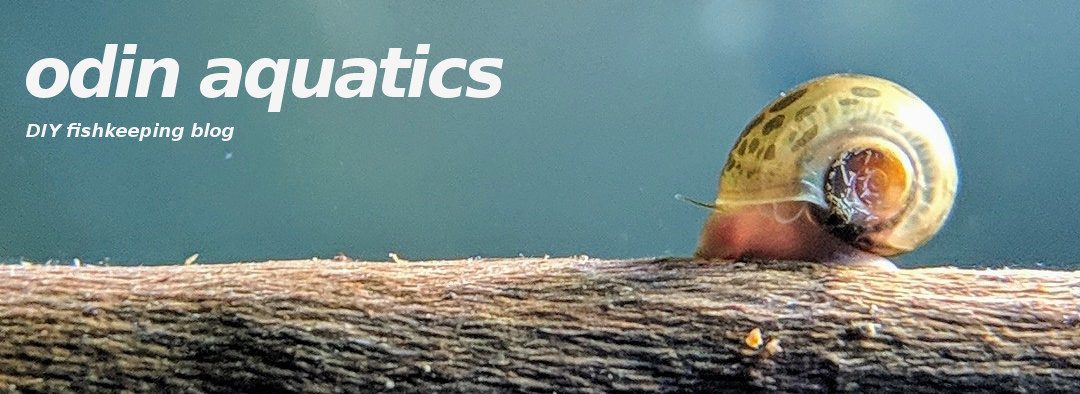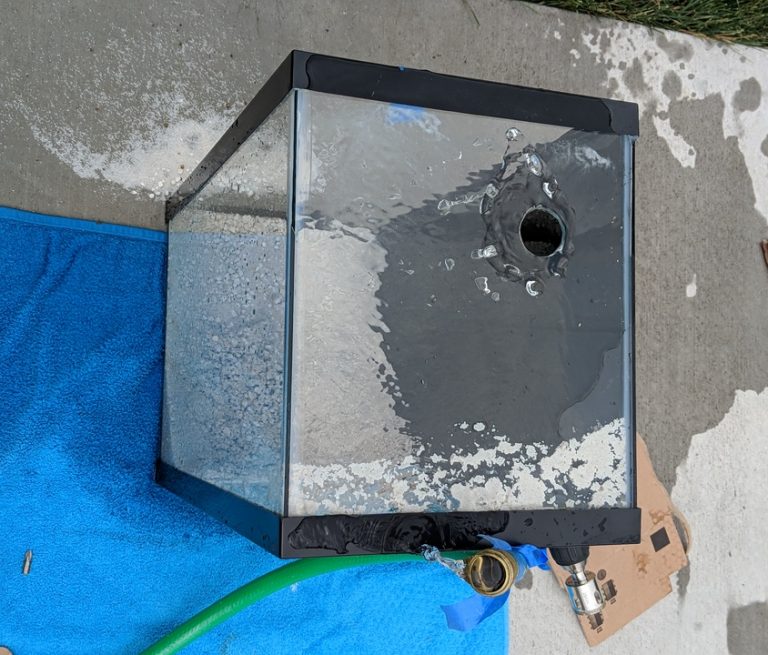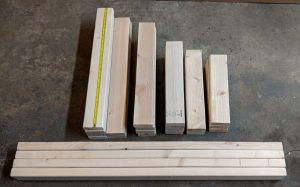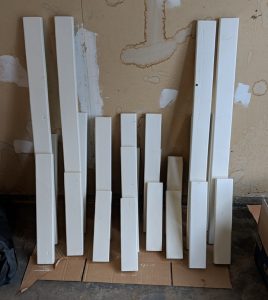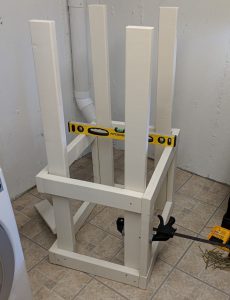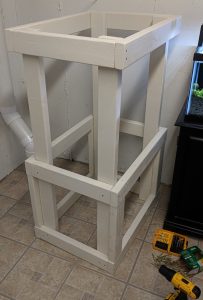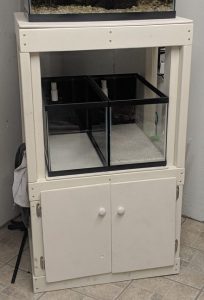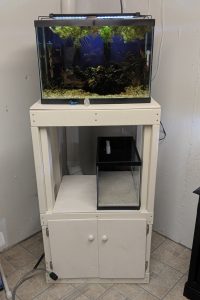This weekend I drilled two 10 gallon aquariums and installed overflows for an automated water change system. This was my first time drilling an aquarium and it went really smoothly. These two tanks are going onto the new rack that I built (see post). Eventually they will overflow into a drain manifold that connects into the sink plumbing - I'll post more on that project when it's complete.
To install these overflows I used a diamond coated drill bit and 3/4" bulkheads from bulk reef supply. I did a lot of research and read a lot of conflicting opinions on drilling 10 gallon aquariums. Many people say the glass is too thin to be drilled, but I made two holes without cracking a tank. I even had an extra 10 gallon on hand in case I shattered one, but I didn't end up needing it.
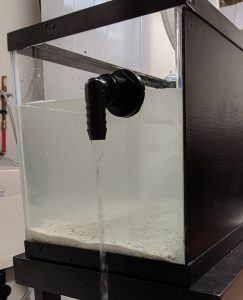
Setting up for drilling the glass took longer than the actual drilling. I used a couple pieces of cardboard taped together as a guide for my drill bit. A piece of wood would have been better, but the cardboard held long enough for me to get the holes started. Without a guide to start the hole, the bit jumps all over the glass and scratches it up.
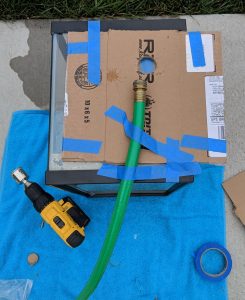
I taped the cardboard guide onto the side of the aquarium. Then I placed a piece of tape on the inside of the glass to catch the cutout piece. Finally I taped my garden hose onto the tank to keep water flowing over the bit while I drilled. This part is important. You need a steady stream of cool water to remove glass particles and cool the bit as you drill.
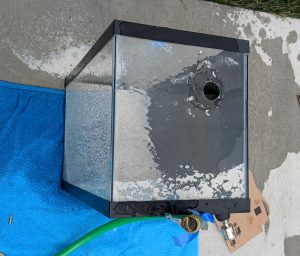
To make the holes I put my drill on the lowest setting and went as slow as I could. I could hear the diamond bit grinding the glass and slowed down whenever it started to screech. It took about 2 minutes to make each hole. You don't want to put any pressure on the drill, just letting the weight of the drill bite into the glass. I think a lot of people shatter their tanks doing this because they try to go too fast.
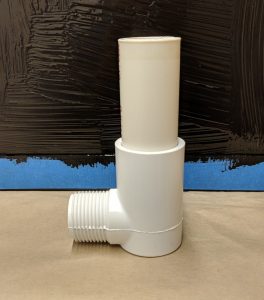
The overflow assembly (shown above) cost me about $2 in parts from home depot. My bulkheads are thread x thread, so making connections is simple. I used a threaded 3/4" street elbow, and cut a piece of PVC to the height I wanted to set my water level to. Then I used a dremel with a cutting wheel attachment to make 8 notches in the top of the pipe.
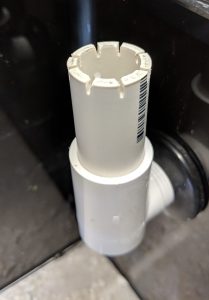
After I installed the bulkheads and overflows I painted two sides of both aquariums using black acrylic paint. The two tanks are going side by side on the shelf with the overflows in the back. I'm still waiting on some plumbing parts and the filters for these two tanks, so the final setup will be in a subsequent update.
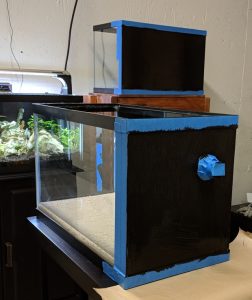
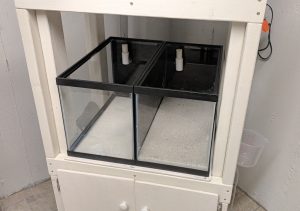
Links to aquarium overflow parts on Amazon for your own DIY projects:

